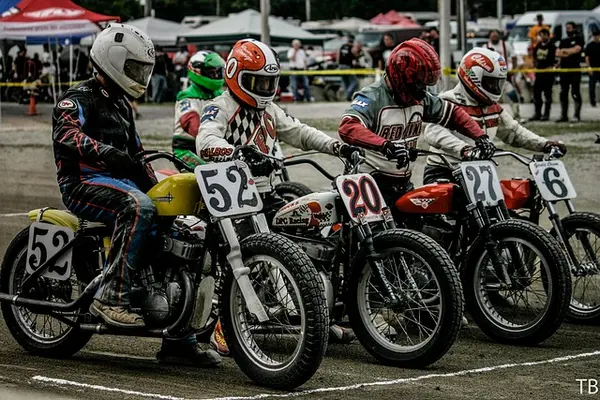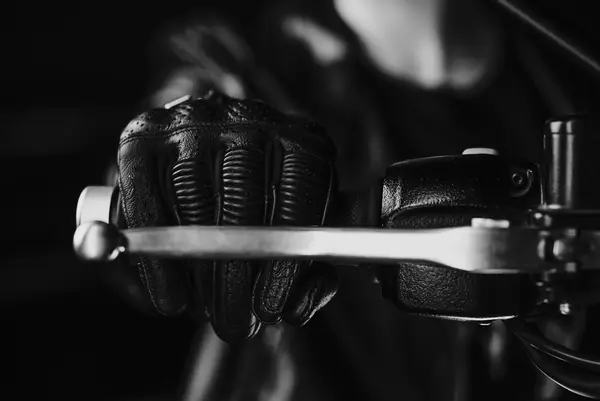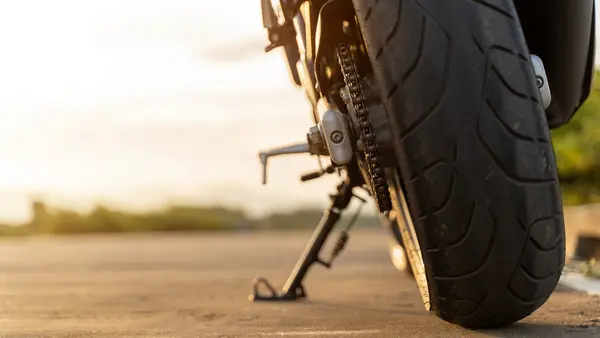
Motorcycle racing is one of the most exhilarating and adrenaline-pumping sports in the world. Combining speed, skill, and sheer determination, motorcycle racing has captivated fans and riders alike for decades. This article delves into the rich history of motorcycle racing, the various types of races, the skills required, and the impact of this thrilling sport on riders and the wider community.
The History of Motorcycle Racing
Early Beginnings
Motorcycle racing dates back to the early 20th century, shortly after the invention of the motorcycle itself. The first recorded motorcycle race took place in France in 1897. As motorcycles evolved, so did the sport, quickly gaining popularity across Europe and North America.
The Birth of Major Racing Competitions
In 1907, the Isle of Man TT (Tourist Trophy) was established, becoming one of the most prestigious motorcycle races in the world. This challenging road race, set on public roads, showcased the skill and bravery of early motorcycle racers and set the standard for future competitions.
The post-World War II era saw the formation of the Fédération Internationale de Motocyclisme (FIM) in 1949, which became the governing body for international motorcycle racing. The FIM established the Grand Prix motorcycle racing series, now known as MotoGP, which quickly became the pinnacle of the sport.
Types of Motorcycle Racing
Road Racing
Road racing is the most common form of motorcycle racing, taking place on closed circuit tracks. The two primary categories within road racing are:
- MotoGP: The premier class of motorcycle road racing, featuring the fastest and most technologically advanced bikes. Riders compete in a series of races held on world-class tracks around the globe.
- Superbike Racing: Similar to MotoGP but with motorcycles that are closer to production models. The World Superbike Championship is the leading competition in this category.
Off-Road Racing
Off-road racing takes place on natural terrain, often involving obstacles like mud, sand, and rocks. The main types include:
- Motocross: Races held on closed circuits with challenging terrain, jumps, and sharp turns. Motocross demands high levels of physical fitness and technical skill.
- Enduro: Long-distance races held over rugged terrain, testing the endurance and navigation skills of riders.
- Rally Raid: Multi-day events like the Dakar Rally, where riders navigate through vast and often harsh environments.
Track Racing
Track racing is held on oval or circular tracks, usually with a dirt or shale surface. The key types are:
- Speedway: Short, intense races on oval tracks, with bikes designed for maximum speed and agility.
- Flat Track: Races on dirt tracks, emphasizing slide control and cornering skills.
Drag Racing
Drag racing involves two riders competing to be the first to cross a straight-line finish over a short distance. This type of racing requires incredible acceleration and top speed.
Skills and Techniques in Motorcycle Racing
Precision and Control
Motorcycle racing demands precise control of the bike. Riders must expertly manage throttle, braking, and steering inputs to navigate corners and maintain speed. Techniques like counter-steering and body positioning are crucial for maintaining balance and optimizing cornering speeds.
Physical Fitness
Racing a motorcycle at high speeds over extended periods is physically demanding. Riders need excellent cardiovascular fitness, strength, and endurance to handle the forces exerted on their bodies and to stay focused throughout a race.
Mental Toughness
The mental aspect of motorcycle racing is just as important as physical fitness. Riders must remain calm under pressure, make split-second decisions, and maintain concentration despite the high speeds and potential dangers.
Technical Knowledge
Understanding the mechanics of their motorcycles allows racers to provide valuable feedback to their teams and make adjustments to improve performance. Knowledge of tire dynamics, suspension settings, and aerodynamics can make a significant difference on race day.
The Impact of Motorcycle Racing
Technological Advancements
Motorcycle racing has driven numerous technological advancements in the motorcycle industry. Innovations developed for racing, such as advanced braking systems, tire technology, and lightweight materials, often trickle down to consumer motorcycles, improving safety and performance for everyday riders.
Economic Contributions
Motorcycle racing events attract large crowds and generate significant economic activity. Races like the MotoGP and the Isle of Man TT draw thousands of spectators, creating revenue for local businesses and tourism industries.
Community and Culture
Motorcycle racing fosters a strong sense of community among riders and fans. Race events are social gatherings where enthusiasts share their passion for the sport. The camaraderie and mutual respect among riders and fans create a unique culture that transcends borders.
Safety Improvements
While motorcycle racing is inherently risky, it has led to substantial safety improvements. Advances in protective gear, such as helmets and racing suits, have enhanced rider safety. Additionally, research into crash dynamics and injury prevention has benefited both racers and recreational riders.
Motorcycle racing is a thrilling and multifaceted sport that combines speed, skill, and passion. Its rich history, diverse race types, and the immense skill required to compete make it a captivating spectacle. Beyond the excitement of the races, motorcycle racing has a profound impact on technological advancements, economic growth, community building, and safety improvements. Whether you are a seasoned rider, an aspiring racer, or a passionate fan, motorcycle racing offers an unparalleled experience that continues to evolve and inspire.







